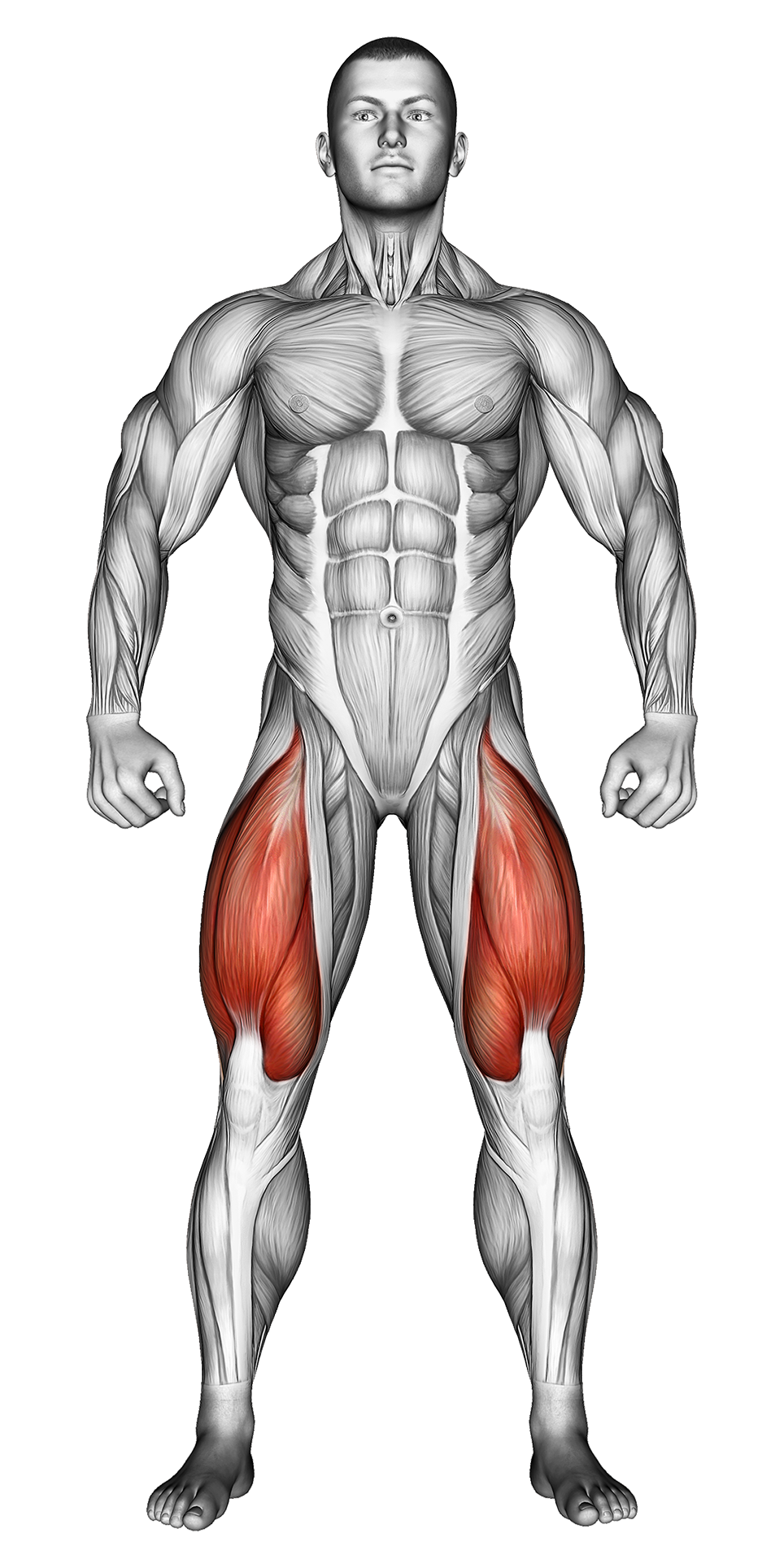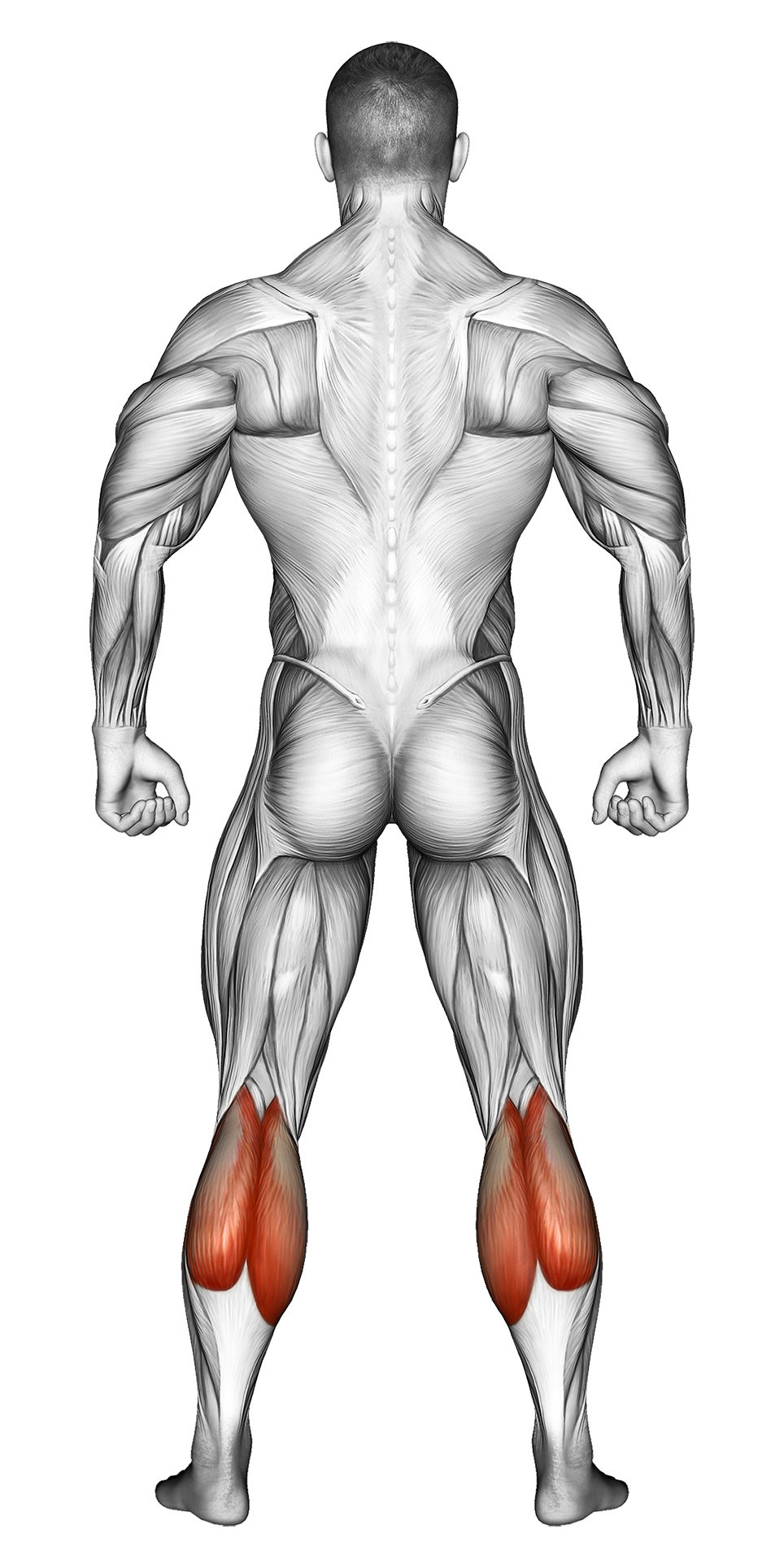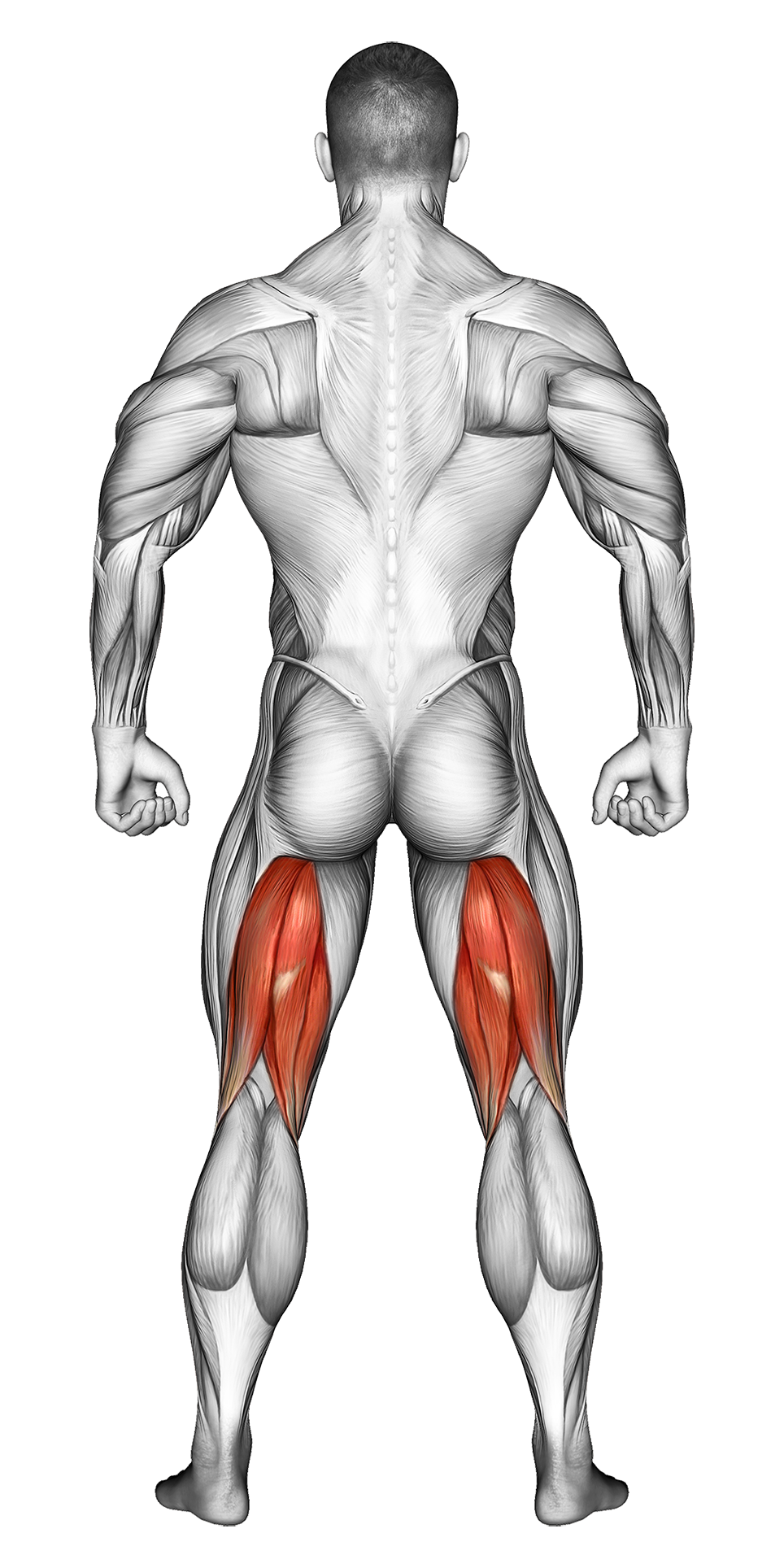Single Leg Squat: Video Tutorial & Exercise Guide

Written By: Ether Brown
Updated: Oct 13, 2024
| Workout | Single Leg Squat |
| Primary Muscle Group | Quads |
| Secondary Muscle Group | Calves, Hamstrings |
| Equipment Required | Bodyweight |
| Force Type | Push |
| Mechanics | Compound |
| Exercise Type | Strength |
| Difficulty | Intermediate |
Single Leg Squat: Video Tutorial & Exercise Guide
- 1.Single Leg Squat: Muscle Groups
- -1.1Primary Muscle Group
- -1.2Secondary Muscle Group
- 2.Single Leg Squat: Step-by-Step Guide
- 3.Single Leg Squat: Overview
- 4.Single Leg Squat: Benefits
- 5.Single Leg Squat: Pro Tips & Advanced Techniques
- 6.Single Leg Squat: Progression Plan
- 7.Single Leg Squat: Frequently Asked Questions (FAQs)
Secondary Muscles Group
Single Leg Squat: Step-by-Step Guide
- Step 1: Stand tall with your feet shoulder-width apart. Shift your weight onto your right foot and lift your left foot off the ground, extending it slightly in front of you.
- Step 2: Keep your chest up and your core engaged as you begin to squat down on your right leg. Push your hips back as if sitting into a chair, lowering yourself as far as you can while maintaining balance.
- Step 3: Keep your left leg extended in front of you and ensure your right knee tracks over your toes without collapsing inward.
- Step 4: Push through the heel of your right foot to return to the starting position, keeping your chest lifted and core tight.
- Step 5: Repeat for the desired number of reps, then switch legs and perform the movement on the other side.
Single Leg Squat: Overview
The Single Leg Squat is a challenging unilateral exercise that targets the quadriceps, glutes, hamstrings, and core. It improves balance, coordination, and stability while allowing you to strengthen each leg independently, helping to correct any muscle imbalances. The Single Leg Squat is an advanced bodyweight movement that can be progressed by adding weights or modifying the depth.
Suitable for more experienced lifters and athletes, this exercise is excellent for improving leg strength, functional fitness, and overall body control. Beginners can perform a modified version using a box or bench for assistance.
Single Leg Squats: Benefits
Single Leg Squats are highly effective for building unilateral strength, meaning they help develop one leg at a time, improving balance, coordination, and stability. This exercise strengthens the quadriceps, glutes, and hamstrings, while also engaging the core for stability and control.
The exercise is excellent for enhancing lower body mobility and flexibility, especially in the hips, knees, and ankles. It also helps correct muscle imbalances between legs and improves functional movement patterns used in sports and daily activities.
Single Leg Squat: Pro Tips & Advanced Techniques
Keep your chest lifted and core tight to maintain balance throughout the movement. Focus on controlling the lowering phase and avoid collapsing your knee inward. If you're having trouble with balance, use a sturdy object like a box or bench behind you to assist with your depth and stability. For an added challenge, slow down the eccentric (lowering) phase or hold a dumbbell or kettlebell in front of your chest to increase resistance.
Single Leg Squats: Progression Plan
Beginner
Intermediate
Advanced
Single Leg Squat: Frequently Asked Questions (FAQs)
What muscles do Single Leg Squats target?
+Single Leg Squats primarily target the quadriceps, glutes, and hamstrings. The core and lower back are also engaged for stability, making it a comprehensive lower-body exercise.
Are Single Leg Squats suitable for beginners?
+This exercise is challenging and best suited for those with some experience in strength training. Beginners can perform modified versions, such as box-assisted single-leg squats, to build strength and balance before progressing.
How often should I perform Single Leg Squats?
+Include Single Leg Squats in your lower body routine 1-2 times per week. Make sure to allow for adequate recovery between sessions to prevent overtraining.
What common mistakes should I avoid?
+Avoid letting your knee collapse inward or leaning too far forward. Keep your chest up, core tight, and ensure that your knee tracks in line with your toes.
How can I make Single Leg Squats more challenging?
+To increase difficulty, you can hold a dumbbell or kettlebell in front of your chest or slow down the lowering phase for added time under tension. You can also perform the exercise on an unstable surface to engage your stabilizing muscles further.
Share
Don’t Wish for It, Work for It – Join the FlexXP Newsletter Today!
Thank you for signing up for the FlexXP Newsletter!
This site is protected and the Google Privacy Policy and Terms of Service apply.


